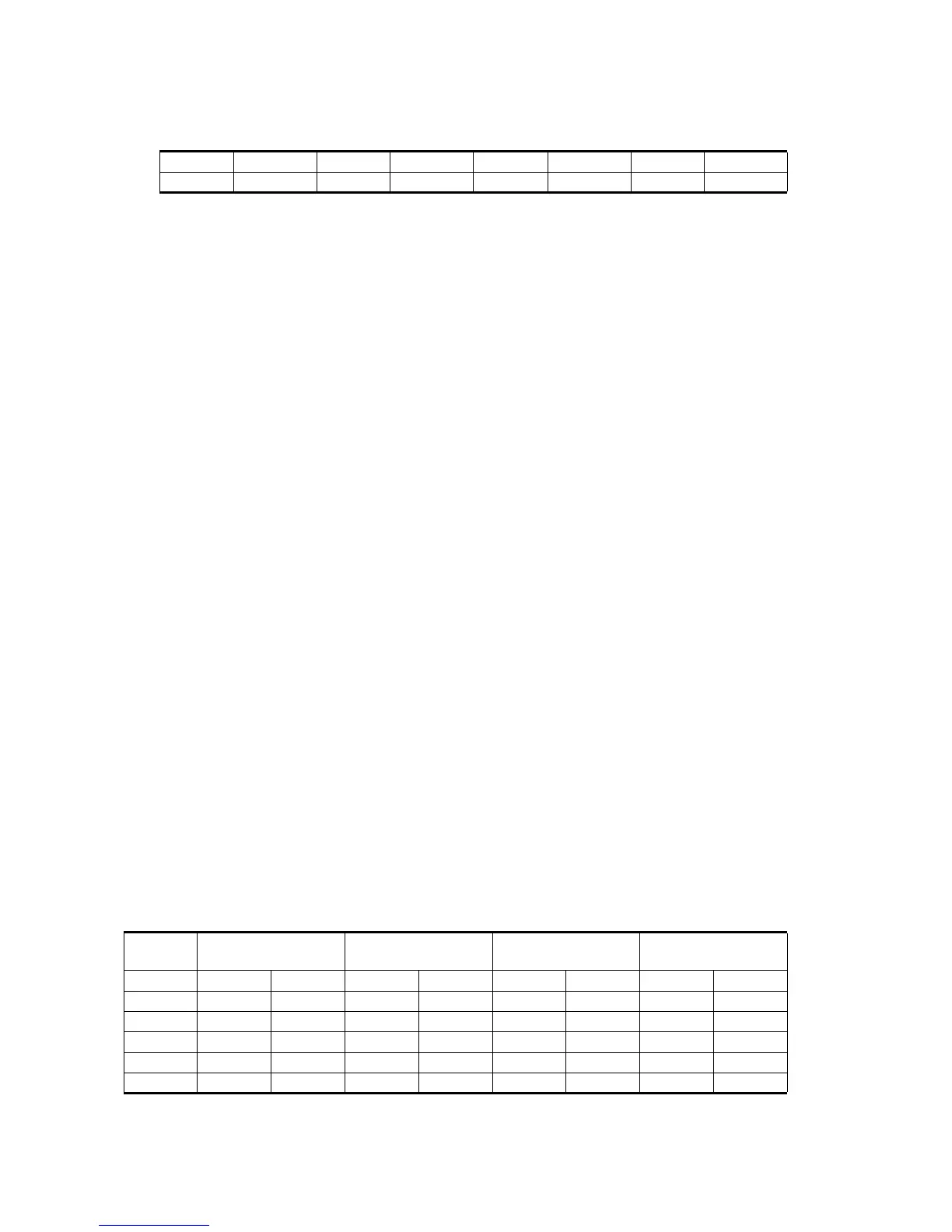USER’S MANUAL__________________________________________________________________
194 _________________________________________________________________ M211322EN-D
It is important to minimize both types of errors. If too much interference is
missed, then the filter is not doing an adequate job of cleaning up the
received signal. If the false alarm rate is too high, then background damage
is done at all times and the overall signal quality (especially sub-clutter
visibility) may be compromised. We suggest that you try to keep the false
alarm rate fairly low, perhaps below 1%; and then let the missed
percentage fall where it may.
To summarize the numerical results in Table 10 on page 191:
- The "Missed" rates of Alg.1 and Alg.2 are identical, but the "False"
rate of Alg.1 is much higher. Alg.1 clearly does not perform as well
for additive interference, but it is included in the suite for historical
reasons.
- The "Missed" error rate for Alg.3 is nearly identical to that of Alg.2,
but Alg.3 has a significantly lower false alarm rate. This is because of
the somewhat improved statistics that result when the linear mean of
P
n-2
and P
n-1
is used in the second comparison, rather than just P
n-1
by itself. We recommend that Alg.3 generally be chosen in preference
to the other two.
- Alg.3 can be further tuned by allowing the two constants to differ. For
example, by raising C
1
slightly above C
2
(fourth column), we can
trade off a decrease in the "Missed" rate for an increase in the "False"
rate. Lowering C
1
would have the opposite effect.
Keep in mind that optimum tuning will depend on the type of interference
you are trying to remove. In the previous example, where the interfering
signal is only 16 dB stronger than the weather, there was a close trade-off
between the "Missed" and "False" error rates.
However, Table 12 on page 192 shows the results that would be obtained
if the interference dominates by 26 db.
1.21% . . 0.35% . . 0.06% . . 0.06% . .
0.65% . . 0.14% . . 0.01% . . 0.01% . .
Table 12 Algorithm Results for +26 dB Interference
C1,C2
Alg.1
Missed/False
Alg.2
Missed/False
Alg.3
Missed/False
Alg.3, C2+=5 dB
Missed/False
6.0dB 17.8% 10.75% 17.8% 3.95% 17.8% 3.44% 17.8% 0.34%
8.0dB 9.9% 6.48% 9.9% 2.31% 9.9% 1.68% 9.9% 0.15%
9.0dB 7.4% 4.99% 7.4% 1.75% 7.4% 1.14% 7.4% 0.10%
10.0dB 5.9% 3.91% 5.9% 1.36% 5.9% 0.76% 5.9% 0.06%
11.0dB 4.8% 3.06% 4.8% 1.06% 4.8% 0.50% 4.8% 0.04%
12.0dB 3.2% 2.37% 3.2% 0.83% 3.2% 0.33% 3.2% 0.03%
Table 11 Impact of False Alarms on Reflectivity Estimates

